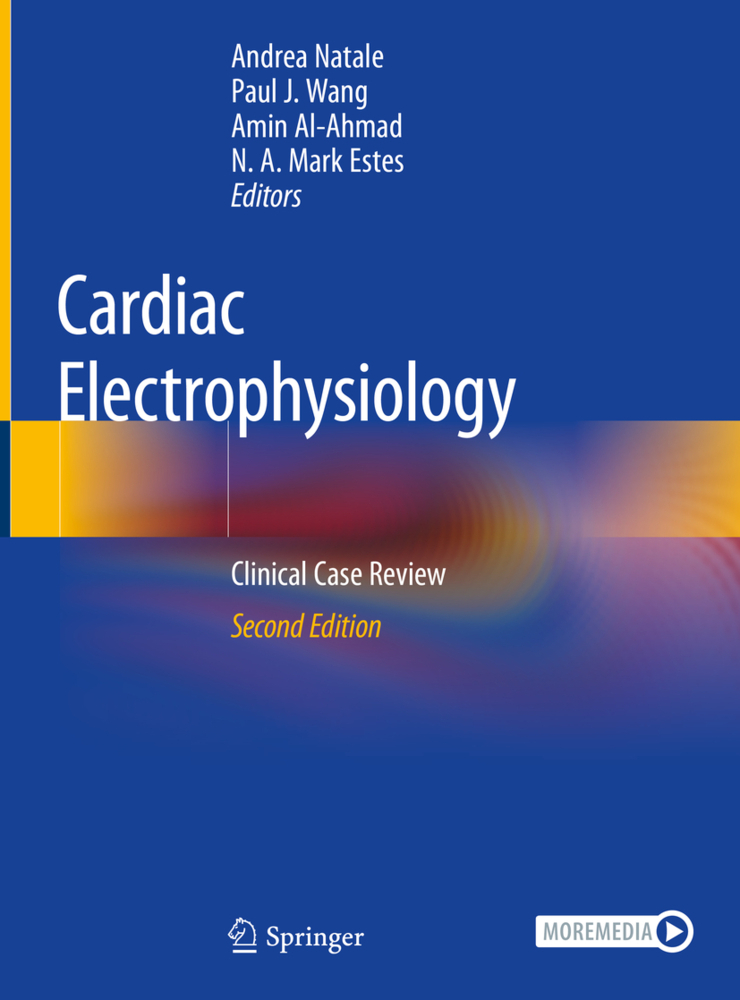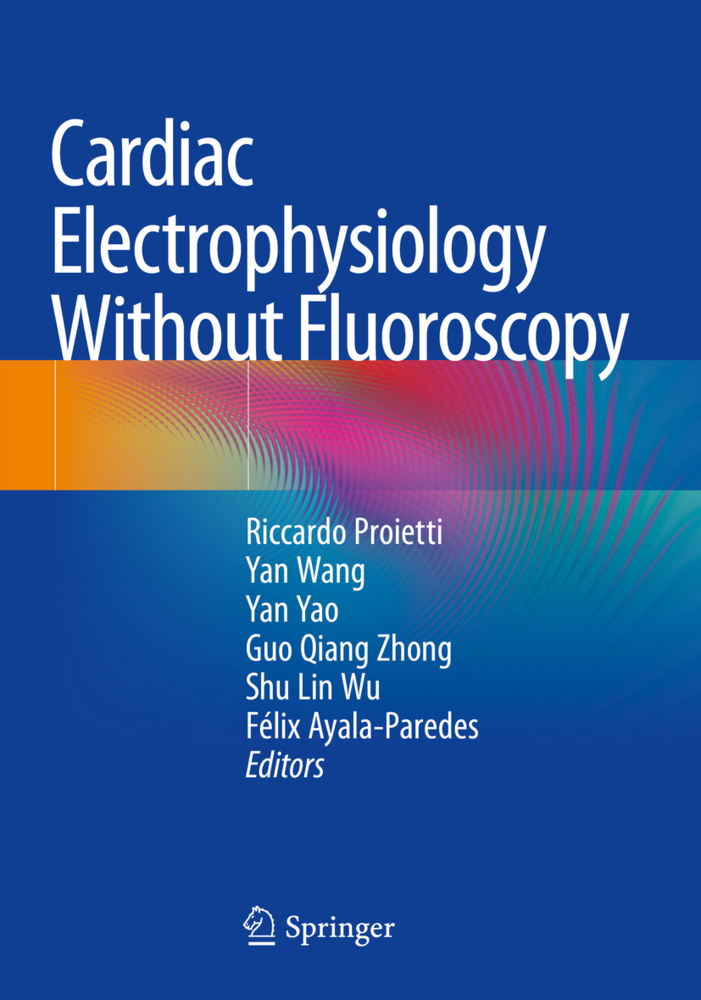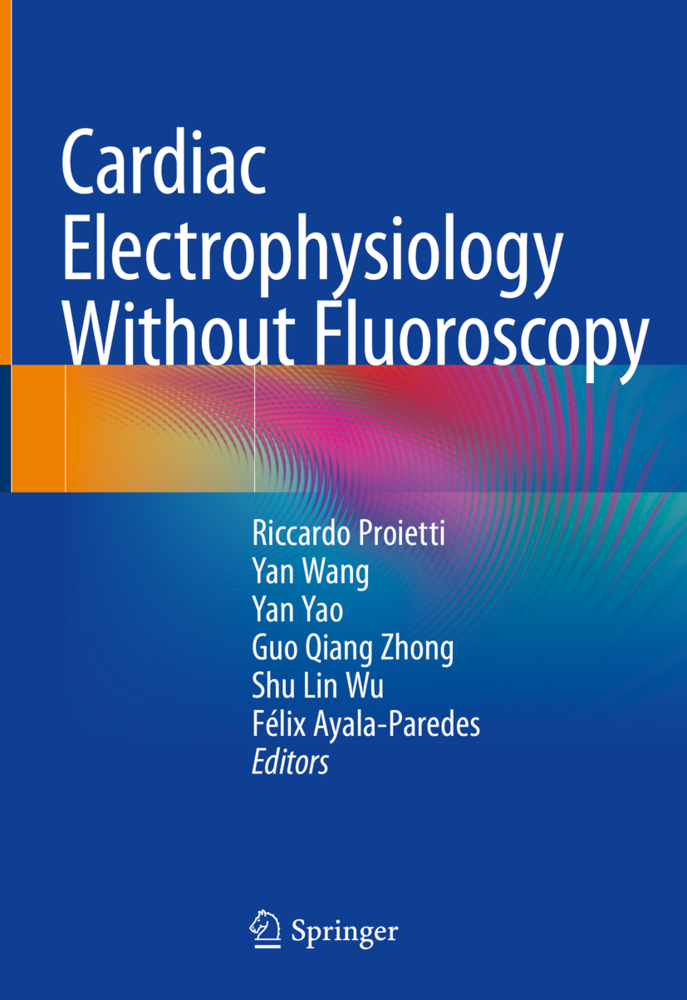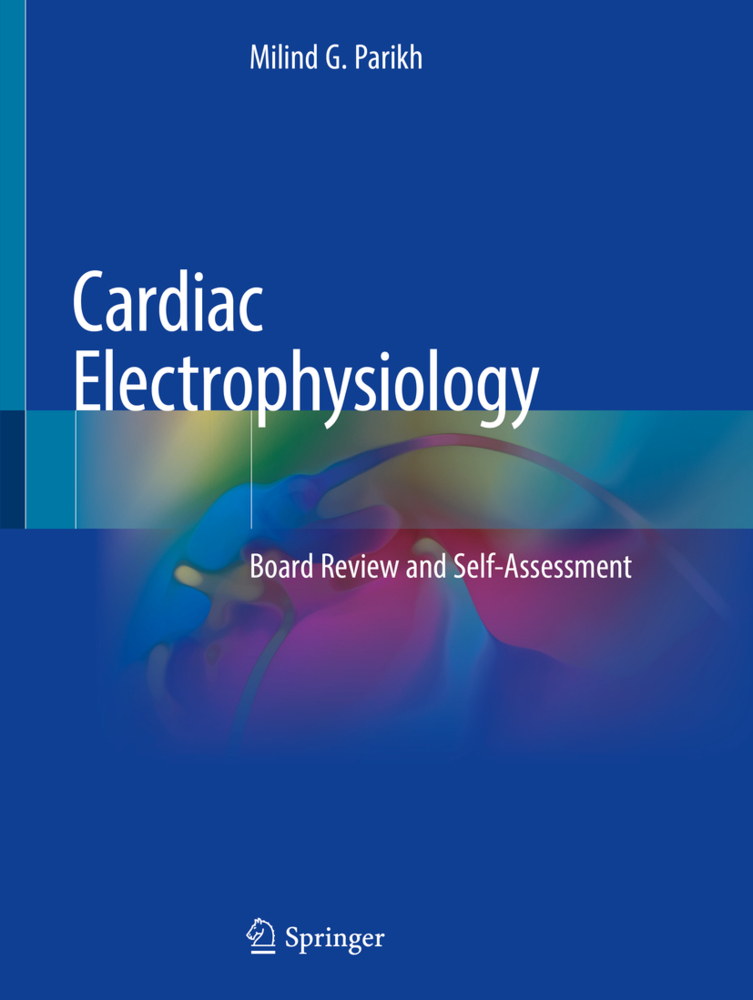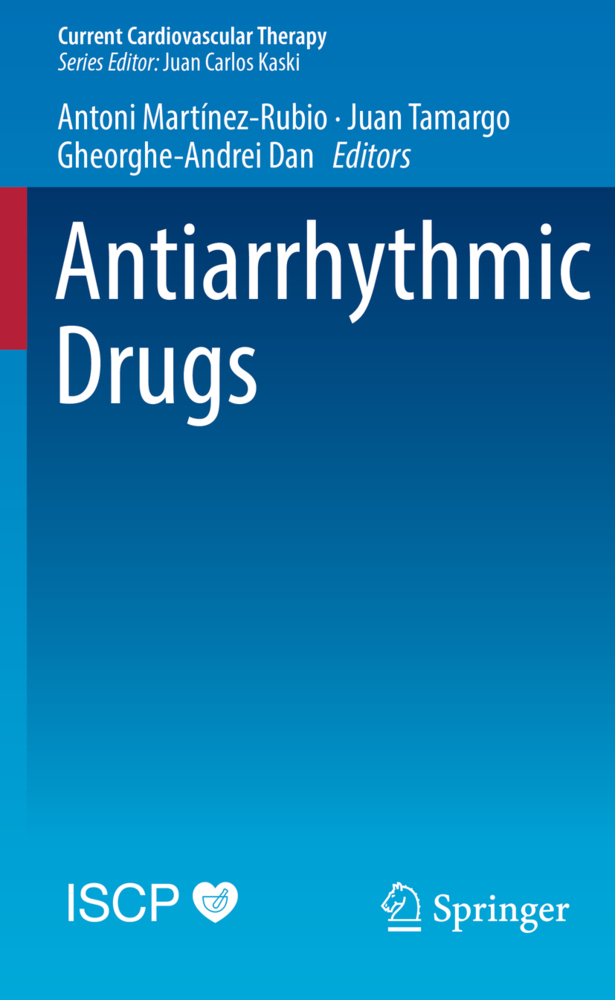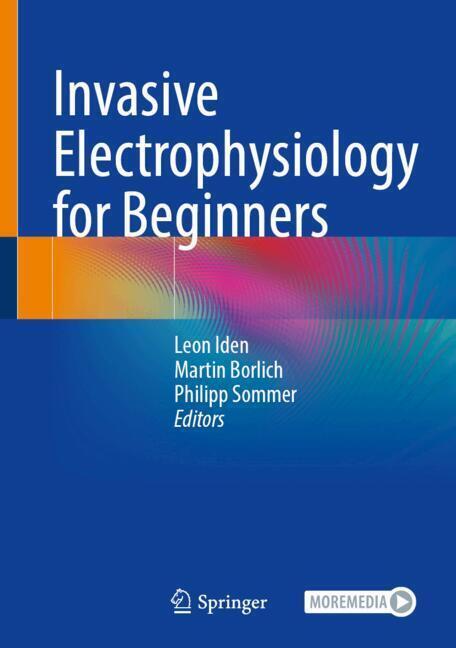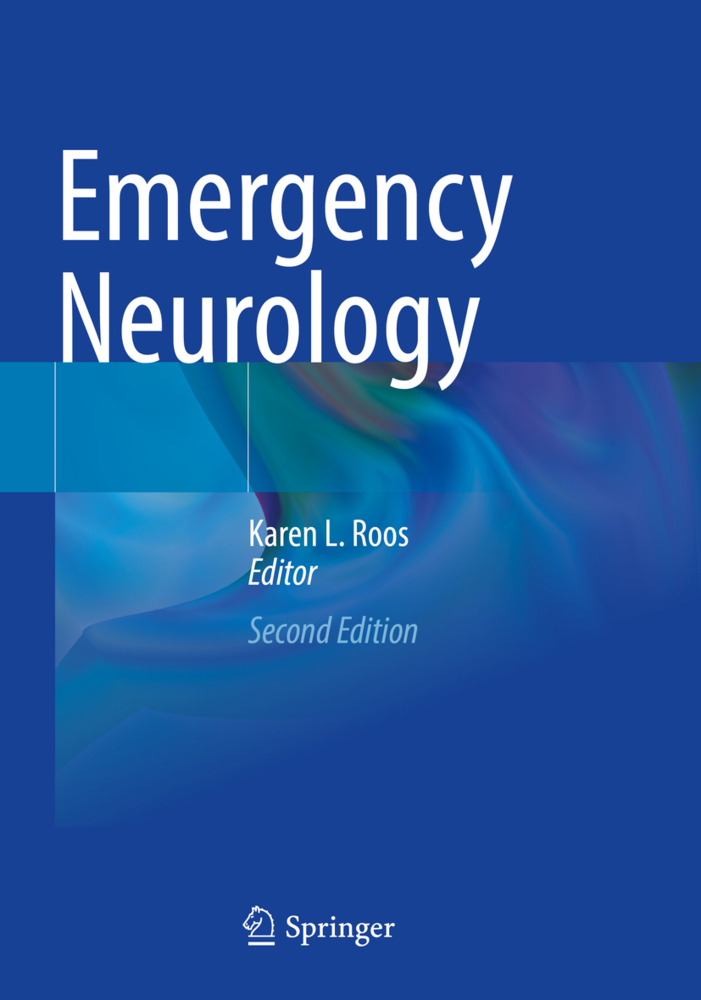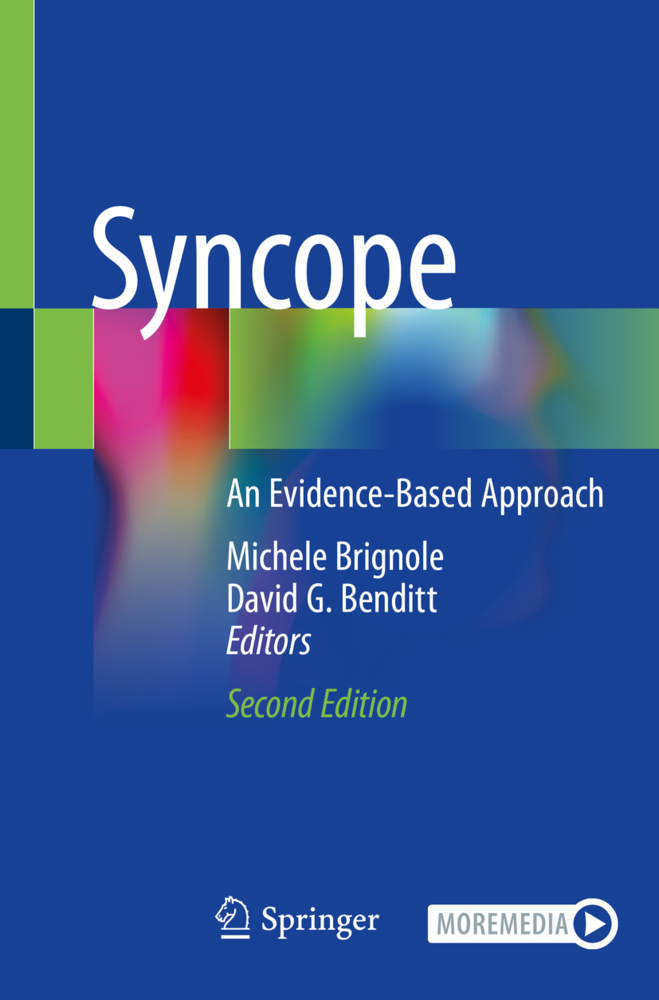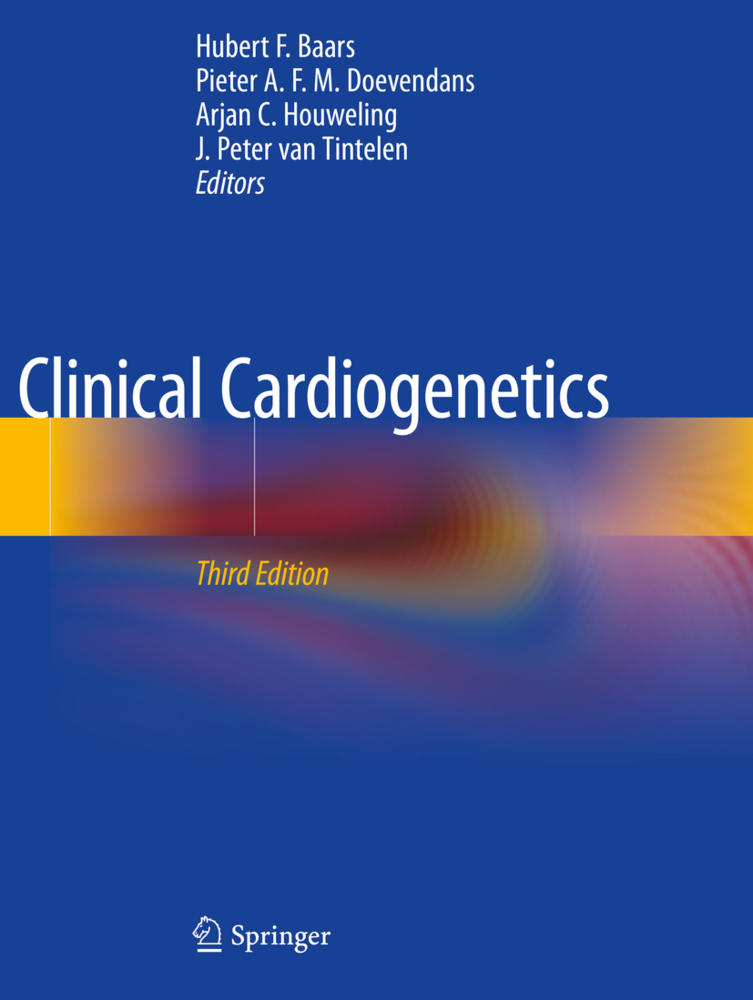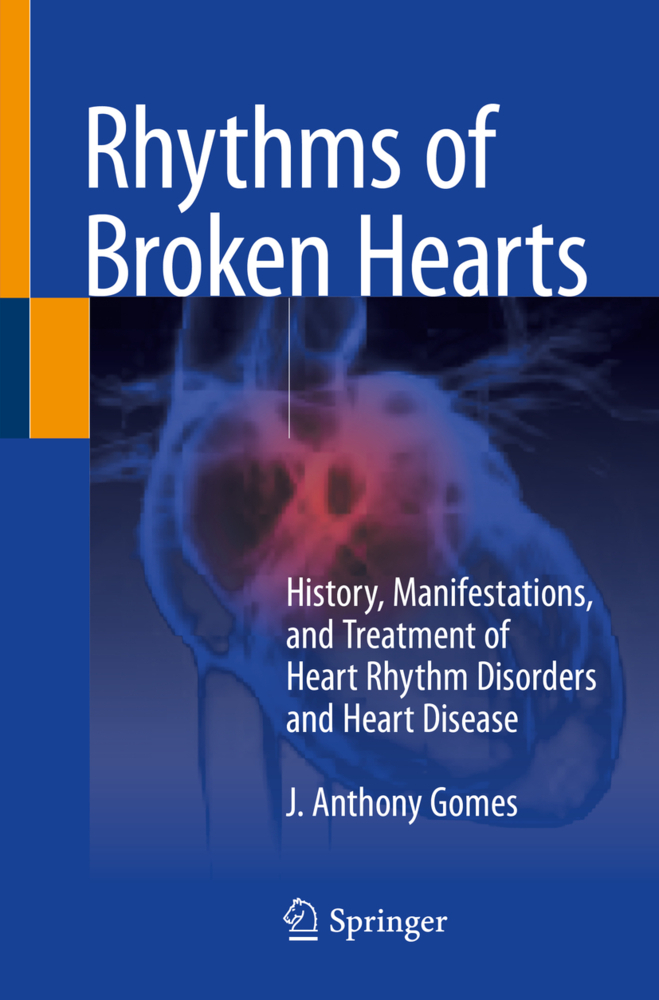Cardiac Electrophysiology
Clinical Case Review
While there are many outstanding resources providing in-depth review of electrophysiology topics, this extensively updated book is one of the few case-based books that comprehensively cover clinical electrophysiology, devices and ablation. Case review offers a simple, yet effective way in teaching important concepts, offering insight into both the basic pathophysiology of a problem as well as the clinical reasoning that leads to a solution. As the field of cardiac electrophysiology evolves, the challenge remains to educate new generations of cardiac electrophysiologists with the basics as well as the latest advances in the field.
Cardiac Electrophysiology: Clinical Case Review collates the most comprehensive case-based reviews of electrophysiology designed to appeal to all students of the field whether they are fellows, allied professionals or practicing electrophysiologists. The Editors have recruited some of the true experts in the field to contribute cases that they have encountered and summarizing the important learning objectives in a succinct way. Covering clinical electrophysiology, device troubleshooting and analysis as well as intracardiac electrogram analysis and ablation, readers will find the cases useful as a review of electrophysiology or in their day to day interactions with patients.
Contributors
Section 1: Clinical Cases: Ventricular Arrhythmias
Case 1: Ablation of Ventricular Tachycardia Using a Non-Ventricular Site
Case 2 When ICD Lead Failure Complicates Ventricular Arrhythmias Treatment
Case 3: Ventricular Tachycardia in a Patient with Mitral Valve Prolaps
Case 4: Where is the Narrow Passage?
Case 5: Interfascicular Reentrant Ventricular Tachycardia
Case 6: Premature Ventricular Complexes from Pulmonary Artery
Case 7: Narrow QRS Complex Ventricular Tachycardia
Case 8: Limitations of Wide Complex Tachycardia Algorithms in a Patient with Ischemic Cardiomyopathy
Case 9: Right Ventricular Dysfunction and Ventricular Arrhythmias: Challenges in Diagnosis
Case 10: The Management of Electrical Storm in a Patient with Non-Ischemic Cardiomyopathy
Section 2: Clinical Cases: Syncope
Case 11: QT Prolongation as a Substrate for Syncope
Case 12: His Bundle Pacing
Case 13: Taking a Pause to Consider Arrhythmic Etiologies of Syncope
Case 14: Right Ventricular Outflow Tract Ventricular Tachycardia and Syncope
Case 15: An 84-Year-Old Woman with Syncope and Orthostatic Dizziness
Case 16: A 78-Year-Old Woman with Chest Pain and Syncope
Case 17: A 63-Year-Old Man with Atrial Fibrillation and Syncope
Case 18: Tetralogy of Fallot Going Too Fast
Case 19: Swallow (Deglutition) Syncope and Carotid Sinus Hypersensitivity
Case 20: Syncope and Bundle Branch Block
Section 3: Clinical Cases: Hypertrophic Cardiomyopathy
Case 21: Sudden Cardiac Death in Apical Hypertrophic Cardiomyopathy
Case 22: Is Permanent Pacing Indicated for this ECG Finding Following Alcohol Septal Ablation?
Case 23: Recurrent ICD Discharges in a Patient with Obstructive Hypertrophic Cardiomyopathy and High Gradients
Case 24: Genetic Tailoring of Electrophysiological Management in Hypertrophic Cardiomyopathy
Case 25: Apical Aneurysm: An Important Consideration in Hypertrophic Cardiomyopathy Patients
Case 26: Management of Atrial Fibrillation in Hypertrophic Cardiomyopathy
Case 27: Management Implications of Hypertrophic Cardiomyopathy Patients with Massive Hypertrophy
Section 4: Clinical Cases: Athletes and Arrhythmias
Case 28: An Athlete with Atrial Fibrillation
Case 29: Interpretation of the 12-Lead Electrocardiogram in a Young Athlete
Case 30: An Athlete with Arrhythmic Mitral Valve Prolapse
Case 31: Sudden Cardiac Death with Fibrosis of the Conduction System: Should Genetic Testing of the Family Be Performed?
Case 32: Hypertrophic Cardiomyopathy in a Young Athlete at Risk for Sudden Cardiac Death
Case 33: An Athlete with Cardiac Arrest
Case 34: Supraventricular Tachyarrhythmia Management in Elite Athletes
Case 35: Broad-Complex Tachycardia in a Young Athlete
Case 36: Sudden Cardiac Arrest in a Young Competitive Athlete
Section5: Clinical Cases: Atrial Fibrillation
Case 37: Entrainment and Its Value in Arrhythmia Diagnosis
Case 38: Unexplained Atrial Myopathy and Sick Sinus Syndrome in a Young Patient with Atrial Fibrillation
Case 39: Post-Arterial Flutter Ablation Atrial Flutter: What Is the Mechanism?
Case 40: Confirmation of Pulmonary Vein Isolation after Cryoablation of Atrial Fibrillation
Case 41: Electrogram Signatures in Atypical Arial Flutters Using High Density Multipolar Catheter Mapping in a Post-Heart Transplant Patient
Case 42: Atypical Atrial Flutter
Case 43: Understanding the Anatomy of the Cavo-Tricuspid Isthmus to Troubleshoot a Challenging Atrial Flutter Ablation
Case 44: Left Atrial Microrentrant Flutter
Case 45: Left Atrial Posterior Wall Isolation
Case 46: Left Atrial Flutter after Surgical MAZE
Section 6: Clinical Cases: Arrhythmias-Genetic Abnormalities
Case 47: Listen to your Patient and Act onth
Cardiac Electrophysiology: Clinical Case Review collates the most comprehensive case-based reviews of electrophysiology designed to appeal to all students of the field whether they are fellows, allied professionals or practicing electrophysiologists. The Editors have recruited some of the true experts in the field to contribute cases that they have encountered and summarizing the important learning objectives in a succinct way. Covering clinical electrophysiology, device troubleshooting and analysis as well as intracardiac electrogram analysis and ablation, readers will find the cases useful as a review of electrophysiology or in their day to day interactions with patients.
Dedication
PrefaceContributors
Section 1: Clinical Cases: Ventricular Arrhythmias
Case 1: Ablation of Ventricular Tachycardia Using a Non-Ventricular Site
Case 2 When ICD Lead Failure Complicates Ventricular Arrhythmias Treatment
Case 3: Ventricular Tachycardia in a Patient with Mitral Valve Prolaps
Case 4: Where is the Narrow Passage?
Case 5: Interfascicular Reentrant Ventricular Tachycardia
Case 6: Premature Ventricular Complexes from Pulmonary Artery
Case 7: Narrow QRS Complex Ventricular Tachycardia
Case 8: Limitations of Wide Complex Tachycardia Algorithms in a Patient with Ischemic Cardiomyopathy
Case 9: Right Ventricular Dysfunction and Ventricular Arrhythmias: Challenges in Diagnosis
Case 10: The Management of Electrical Storm in a Patient with Non-Ischemic Cardiomyopathy
Section 2: Clinical Cases: Syncope
Case 11: QT Prolongation as a Substrate for Syncope
Case 12: His Bundle Pacing
Case 13: Taking a Pause to Consider Arrhythmic Etiologies of Syncope
Case 14: Right Ventricular Outflow Tract Ventricular Tachycardia and Syncope
Case 15: An 84-Year-Old Woman with Syncope and Orthostatic Dizziness
Case 16: A 78-Year-Old Woman with Chest Pain and Syncope
Case 17: A 63-Year-Old Man with Atrial Fibrillation and Syncope
Case 18: Tetralogy of Fallot Going Too Fast
Case 19: Swallow (Deglutition) Syncope and Carotid Sinus Hypersensitivity
Case 20: Syncope and Bundle Branch Block
Section 3: Clinical Cases: Hypertrophic Cardiomyopathy
Case 21: Sudden Cardiac Death in Apical Hypertrophic Cardiomyopathy
Case 22: Is Permanent Pacing Indicated for this ECG Finding Following Alcohol Septal Ablation?
Case 23: Recurrent ICD Discharges in a Patient with Obstructive Hypertrophic Cardiomyopathy and High Gradients
Case 24: Genetic Tailoring of Electrophysiological Management in Hypertrophic Cardiomyopathy
Case 25: Apical Aneurysm: An Important Consideration in Hypertrophic Cardiomyopathy Patients
Case 26: Management of Atrial Fibrillation in Hypertrophic Cardiomyopathy
Case 27: Management Implications of Hypertrophic Cardiomyopathy Patients with Massive Hypertrophy
Section 4: Clinical Cases: Athletes and Arrhythmias
Case 28: An Athlete with Atrial Fibrillation
Case 29: Interpretation of the 12-Lead Electrocardiogram in a Young Athlete
Case 30: An Athlete with Arrhythmic Mitral Valve Prolapse
Case 31: Sudden Cardiac Death with Fibrosis of the Conduction System: Should Genetic Testing of the Family Be Performed?
Case 32: Hypertrophic Cardiomyopathy in a Young Athlete at Risk for Sudden Cardiac Death
Case 33: An Athlete with Cardiac Arrest
Case 34: Supraventricular Tachyarrhythmia Management in Elite Athletes
Case 35: Broad-Complex Tachycardia in a Young Athlete
Case 36: Sudden Cardiac Arrest in a Young Competitive Athlete
Section5: Clinical Cases: Atrial Fibrillation
Case 37: Entrainment and Its Value in Arrhythmia Diagnosis
Case 38: Unexplained Atrial Myopathy and Sick Sinus Syndrome in a Young Patient with Atrial Fibrillation
Case 39: Post-Arterial Flutter Ablation Atrial Flutter: What Is the Mechanism?
Case 40: Confirmation of Pulmonary Vein Isolation after Cryoablation of Atrial Fibrillation
Case 41: Electrogram Signatures in Atypical Arial Flutters Using High Density Multipolar Catheter Mapping in a Post-Heart Transplant Patient
Case 42: Atypical Atrial Flutter
Case 43: Understanding the Anatomy of the Cavo-Tricuspid Isthmus to Troubleshoot a Challenging Atrial Flutter Ablation
Case 44: Left Atrial Microrentrant Flutter
Case 45: Left Atrial Posterior Wall Isolation
Case 46: Left Atrial Flutter after Surgical MAZE
Section 6: Clinical Cases: Arrhythmias-Genetic Abnormalities
Case 47: Listen to your Patient and Act onth
Natale, Andrea
Wang, Paul J
Al-Ahmad, Amin
Estes, N. A. Mark
| ISBN | 978-3-030-28531-9 |
|---|---|
| Medientyp | Buch |
| Auflage | 2. Aufl. |
| Copyrightjahr | 2020 |
| Verlag | Springer, Berlin |
| Umfang | XXX, 714 Seiten |
| Sprache | Englisch |

